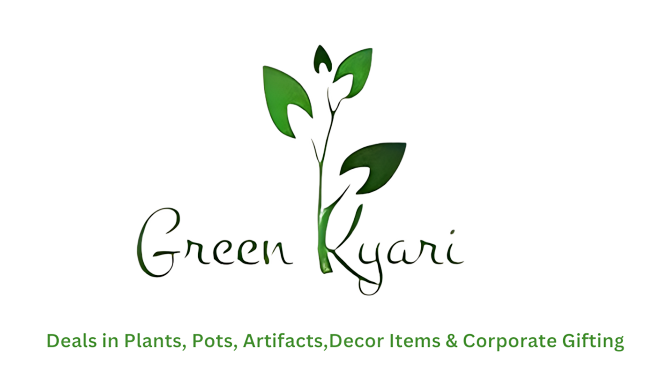Vermicomposting is a non-reactor technique via which the surroundings engineers i.e. the epigeic earthworms ingest natural fabric and ultimately rework it to a nutrient wealthy humified natural fertilizer (Yadav and Madan, 2013). During the vermicomposting technique, the feedstock substrate is to begin with grinded withinside the gizzard to shape smaller particles, growing the floor area. The fabric is in addition acted upon with the aid of using earthworm intestine microbial plants and digestive enzymes to provide a satisfactory granular product enriched with useful vitamins and microflora. Besides those bodily and biochemical mechanisms involved, earthworms in addition additionally facilitate aeration because of the burrowing nature consequently contributing uniform blending of the fabric (Yadav and Garg, 2011). Vermicomposting is the one of the high-quality natural count recycling alternatives because it gives an environmentally and economically sound approach to achieve a manufactured from top rate cost enriched with all type of bioactive compounds.

How is Vermicompost Produced
A huge variety of natural residues, which include straw, husk, leaves, stalks, weeds and so forth may be transformed into vermicompost. Other capacity feedstock for vermicompost manufacturing are cattle wastes, hen litter, dairy wastes, meals processing wastes, natural fraction of MSW, bagasse, digestate from biogas flowers and so forth. Earthworms eat natural wastes and decrease the extent through 40–60 percentage.

Each earthworm weighs approximately zero.five to zero.6 gram, eats waste equal to its frame weight and produces solid equal to approximately 50 percentage of the waste it consumes in a day. The moisture content material of castings levels among 32 and sixty six percentage and the pH is round 7. The stage of vitamins in compost relies upon upon the supply of the uncooked fabric and the species of earthworm.

There are almost 3600 varieties of earthworms which can be divided into burrowing and non-burrowing types. Red earthworm species, like Eisenia foetida, and are maximum green in compost making. The non-burrowing earthworms consume 10 percentage soil and ninety percentage natural waste materials; those convert the natural waste into vermicompost quicker than the burrowing earthworms. They can tolerate temperatures starting from zero to 40°C however the regeneration capability is greater at 25 to 30°C and 40–forty five percentage moisture stage withinside the pile.

The burrowing varieties of earthworms come onto the soil floor simplest at night. These make holes withinside the soil as much as a intensity of 3.five m and bring five.6 kg casts through eating ninety percentage soil and 10 percentage natural waste./
The varieties of vermicomposting depend on the quantity of manufacturing and composting structures. Small-scale vermicomposting is completed to fulfill private necessities and farmers/gardeners can harvest five-10 heaps of vermicompost annually. On the opposite hand, massive-scale vermicomposting is completed at industrial scale through recycling massive portions of natural waste in current centers with the manufacturing of greater than loads of heaps annually.
Applications of Vermicompost
The trojan horse castings comprise better percent of each macro and micronutrients than the lawn compost. Apart from different vitamins, a nice trojan horse solid is wealthy in NPK which can be in with ease to be had shape and are launched inside a month of application. Vermicompost complements plant growth, suppresses sickness in flowers, will increase porosity and microbial interest in soil, and improves water retention and aeration.
Vermicompost additionally blessings the surroundings through decreasing the want for chemical fertilizers and reducing the quantity of waste going to landfills. Vermicompost manufacturing is trending up international and it’s far locating growing use in particular in Western countries, Asia-Pacific and Southeast Asia.

A surprisingly new product from vermicomposting is vermicompost tea that is a liquid produced through extracting natural matter, microorganisms, and vitamins from vermicompost. Unlike vermicompost and compost, this liquid natural fertilizer can be carried out without delay to plant foliage, reportedly to decorate sickness suppression. Vermicompost tea additionally can be carried out to the soil as a complement among compost packages to growth organic interest.
Vermicompost can be offered in bulk or bagged with a number of compost and soil blends. Markets encompass domestic development centers, nurseries, panorama contractors, greenhouses, lawn deliver stores, grocery chains, flower shops, cut price houses, and the overall public.



